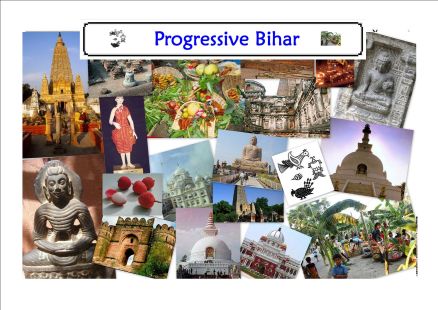We all have known that Bihar has the highest poverty in India. However the statistics will shock most of us. Seventy percent of rural families in Bihar do not have 3 square meals a day (breakfast, lunch and dinner) and have often slept on empty stomach at night. The below statistics is from a survey results published on IBNlive. These statistics are the hunger levels amongst the poor people in India.
State
|
Hunger Level
|
Uttar Pradesh
|
7%
|
Orissa
|
9%
|
| Andhra Pradesh | 16% |
Jharkhand
|
26%
|
Rajasthan
|
36%
|
Bihar
|
70%
|
Out of the people surveyed in Bihar, many said that they had not eaten pulses, fruits, eggs or meat in several weeks. The state government and the central government should be focusing on this area on a war footing, only then will any change happen to the situation of the poor people in Bihar.
While the reference article from IBNlive provides details of the abject poverty in Bihar for everyone to know, another source of information had provided a similar feedback to me less than 2 months ago. One of my friends narrated a real life scenario from his recent experience. He had gone to his village to visit his grandparents and while he was there someone came knocking at the door. This person, who was from the same village, did not have anything to feed his children and hence had come asking for help. My friend started talking to him and realized that this family has not had pulses (daal) in over 3 months: My friend was deeply moved by this and gave him a few kilos of daal, rice , etc so that the family would not sleep hungry atleast for the next few days. I was also moved by this and so would all of you; except that many in the government are not moved by it or just turn a blind eye to it.
At one time daal was called the chicken of poor people. This is what my grandfather had told me when I was a child and it got registered in me. But
the fact that today a poor man cannot even afford to feed his kids daal in over 3 months time, is a very shameful thing for all of us. The state government, the central government and all of us have to really stand up and think: is this the India our forefathers fought for? Why has successive government failed to notice this in Bihar. Do we ever want the likes of the earlier CMs to ever come back ruling over Bihar. Atleast the current government is making efforts to change things. But why is the central government not willing to go that extra mile?
Why is the central government hesitating to accord a special status and therefore provide special support to the people in Bihar. Isn’t the parameters on poverty good enough for the central government to stand up and take note.
I would like to ask Dr. Manmohan Singh (our Prime Minister), whom I respect a lot, that isn’t this data on poverty and state of people in Bihar not a good enough justification to rise above the politiconomics and do something which will improve the lives of people of Bihar ; which will be something done for Humanity. Why can’t the task of bringing up the downtrodden be taken up without politicizing it. Why can’t Dr. Manmohan Singh take a bold decision and say that
“I will help the people of Bihar and do whatever required to improve their life be it according special status or providing special focus”
Source of data – IBN live article
70 pc of rural families are hungry in Bihar - India News - IBNLive
Prashant
http://progressivebihar.blogspot.com

